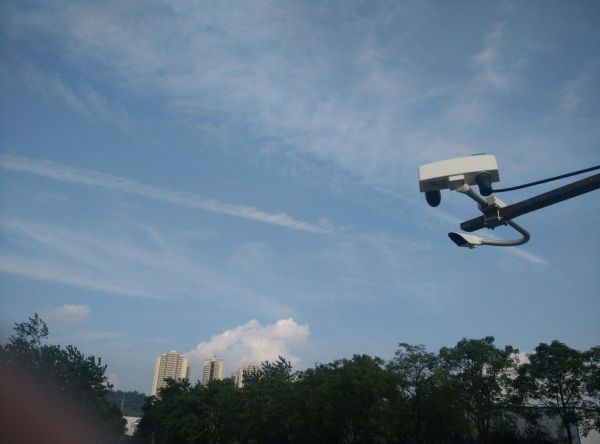The particulate matter in the atmosphere can result in poor air quality and visibility, posing a risk to human health and transportation safety. Now, a team of researchers in China has improved the method to obtain mass concentrations of particulate matter from widely measured humidity and visibility data.
The results were published in Advances in Atmospheric Sciences.
The researchers specifically examined mass concentrations of PM2.5, which is particulate matter with an aerodynamic diameter less than 2.5 micrometers — roughly the size of one seventh of a pollen grain.
"Particulate matter, especially PM2.5, is of great concern to both public and scientific communities in recent years," said the corresponding author, DENG Zhaoze from the Key Laboratory of Middle Atmosphere and Global environment Observation (LAEGO), the Institute of Atmospheric Physics (IAP) at the Chinese Academy of Sciences (CAS). "The number of observational stations that measure particulate matter mass concentrations keeps increasing. However, they are mainly located in urban areas, and the period of monitoring is very limited for most of them."
Read more at Institute of Atmospheric Physics, Chinese Academy of Sciences
Image: Scientists use visibility sensors to monitor air quality (Credit: Liang Ran)


